1. The Elephant’s Incredible Pregnancy
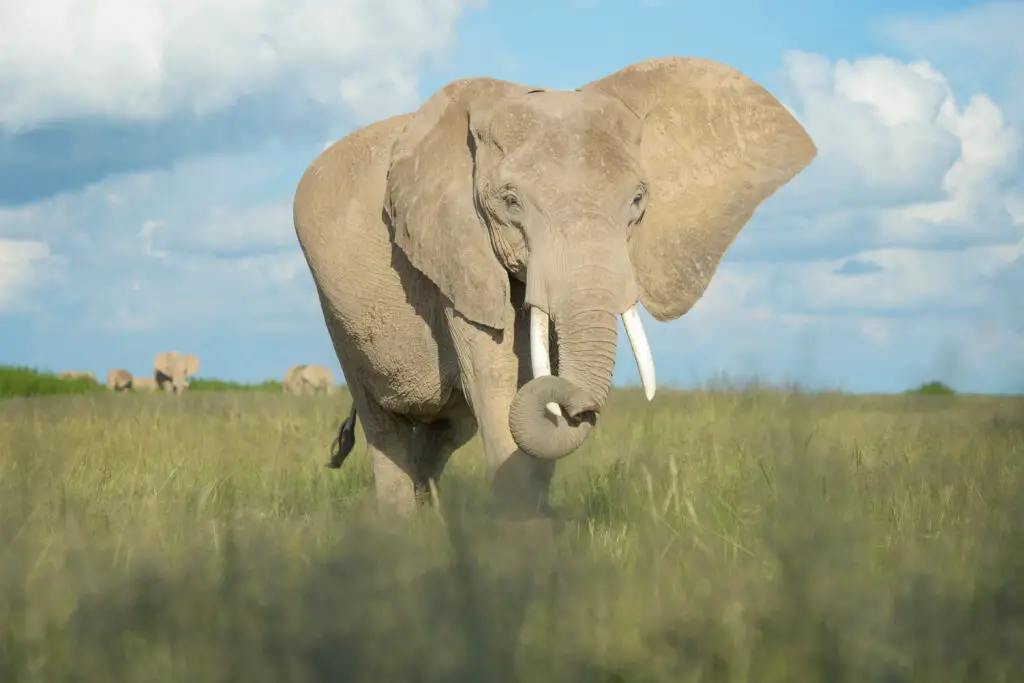
In the animal kingdom, elephants stand out for many reasons, but one of their most remarkable features is hidden from view. These gentle giants carry their young for an extraordinarily long time, but just how long does an elephant’s pregnancy last?
A) 12 months
B) 16 months
C) 22 months
D) 28 months
Answer: C) 22 months
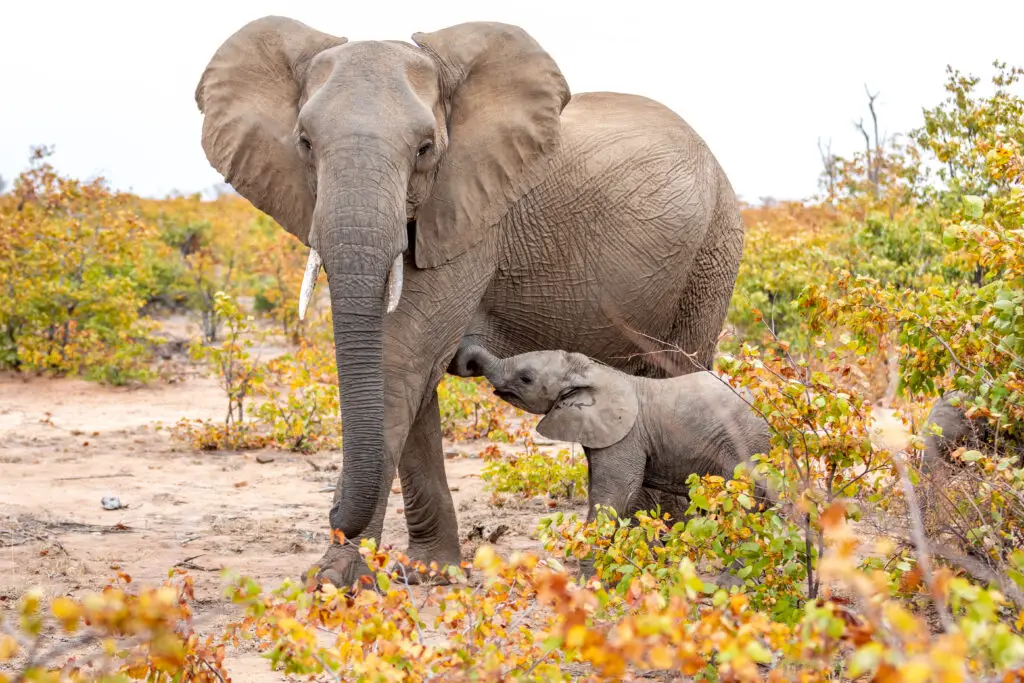
Elephant pregnancies last an astonishing 22 months, making them the longest of any land animal. This extended gestation period allows the calf to develop fully before birth, as elephants are highly intelligent animals with complex social structures and behaviors that they need to learn quickly. During this time, the mother elephant’s body undergoes significant changes to support the growing calf, which can weigh up to 260 pounds at birth.
The long pregnancy also contributes to the strong bond between mother and baby elephants, as the mother invests so much time and energy into the pregnancy. When the calf is finally born, it can stand and walk within hours of birth, a necessity for survival in the wild. This lengthy gestation is one reason why elephant populations take so long to recover from losses, making conservation efforts crucial for these magnificent animals.
2. The Hummingbird’s Heartbeat
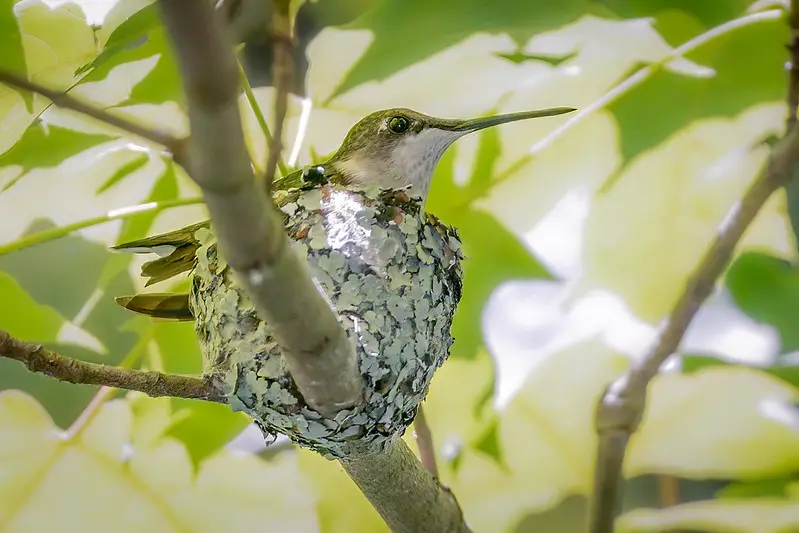
Hummingbirds are nature’s helicopters, capable of hovering, flying backwards, and even upside down. But to achieve these aerial feats, their bodies must work overtime. Just how fast can a hummingbird’s heart beat per minute during flight?
A) 500 beats per minute
B) 1,000 beats per minute
C) 1,500 beats per minute
D) 2,000 beats per minute
Answer: B) 1,000 beats per minute
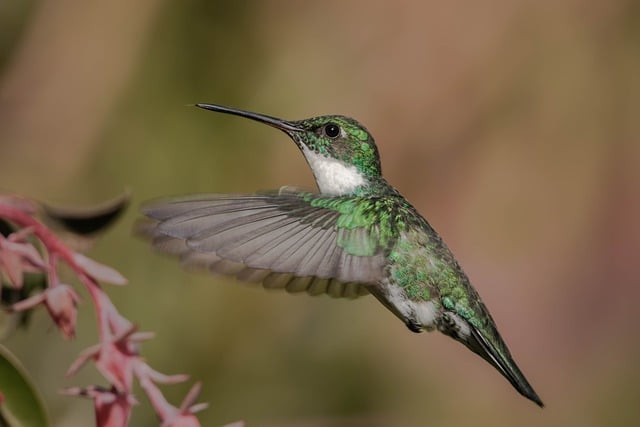
A hummingbird’s heart can beat up to an astounding 1,000 times per minute during flight. This incredibly rapid heartbeat is necessary to support the bird’s high metabolism and the energy demands of its unique flying abilities. To put this in perspective, the average human heart beats between 60 to 100 times per minute at rest. The hummingbird’s heart rate is so fast that it’s audible to the human ear when the bird is held close.
This rapid heartbeat allows the hummingbird to flap its wings up to 80 times per second, enabling its remarkable flying capabilities. Despite this intense cardiovascular activity, hummingbirds can live up to 5 years in the wild, a testament to their incredible physiological adaptations. Their metabolism is so high that they’re constantly just hours away from starving, requiring them to consume up to twice their body weight in nectar each day.
3. The Chameleon’s Unique Eyes
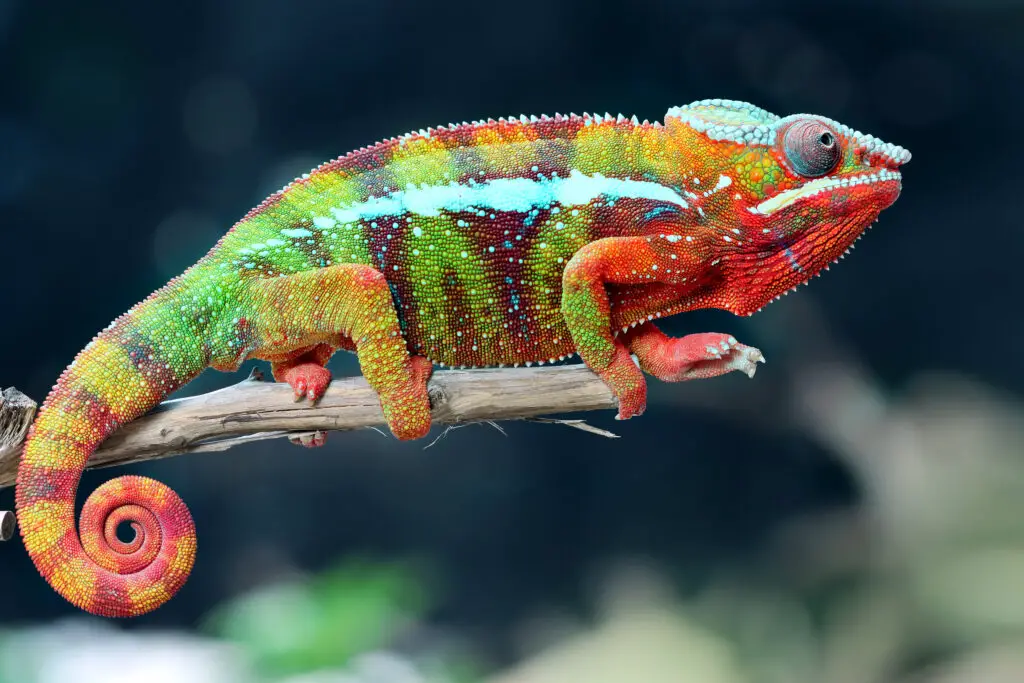
Chameleons are famous for their color-changing abilities, but these lizards have another feature that’s equally impressive. Their eyes seem to have a life of their own, moving in ways that no other vertebrate can match. What unique characteristic do chameleon eyes have?
A) They can see ultraviolet light
B) They can move independently of each other
C) They can see in the dark
D) They can zoom in like a camera
Answer: B) They can move independently of each other
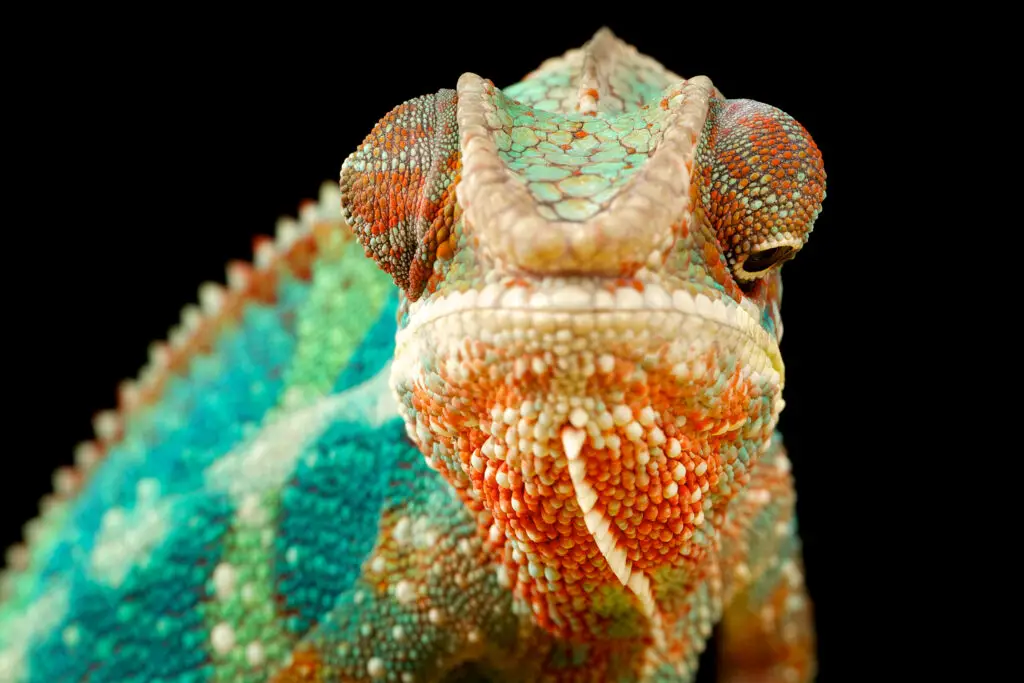
Chameleons have some of the most unique eyes in the animal kingdom. Their eyes can move independently of each other, allowing them to look in two different directions at once. This gives chameleons a 360-degree arc of vision around their bodies, which is crucial for spotting both prey and predators. Each eye is like a turret, capable of rotating and focusing separately.
This remarkable eye structure means a chameleon can watch potential prey with one eye while scanning for predators with the other. When the chameleon spots its prey, it can focus both eyes in the same direction, giving it stereoscopic vision and excellent depth perception for accurate strikes with its long, sticky tongue. The chameleon’s eyes are so mobile that they can rotate up to 180 degrees horizontally and 90 degrees vertically. This, combined with their color-changing abilities, makes chameleons one of nature’s most fascinating creatures.
4. The Tardigrade’s Superpowers
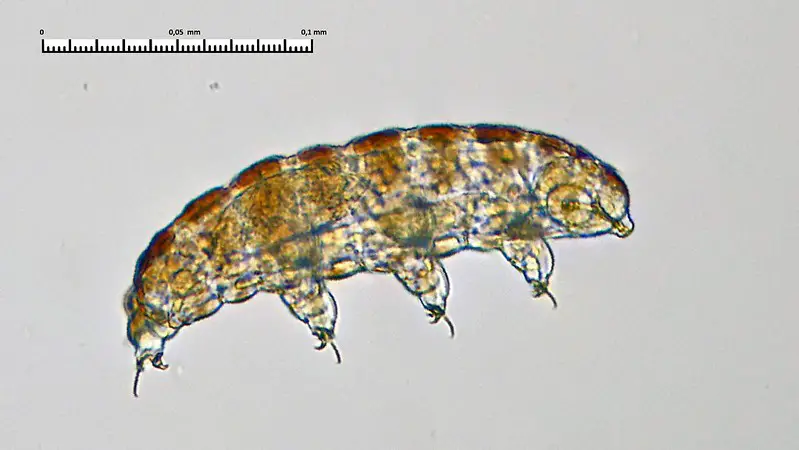
In the microscopic world, one creature stands out as nearly indestructible. Tardigrades, also known as water bears, are tiny animals with an incredible ability to survive in conditions that would be lethal to almost any other life form. Which of the following extreme conditions can tardigrades survive?
A) The vacuum of space
B) Extreme radiation
C) Temperatures close to absolute zero
D) All of the above
Answer: D) All of the above
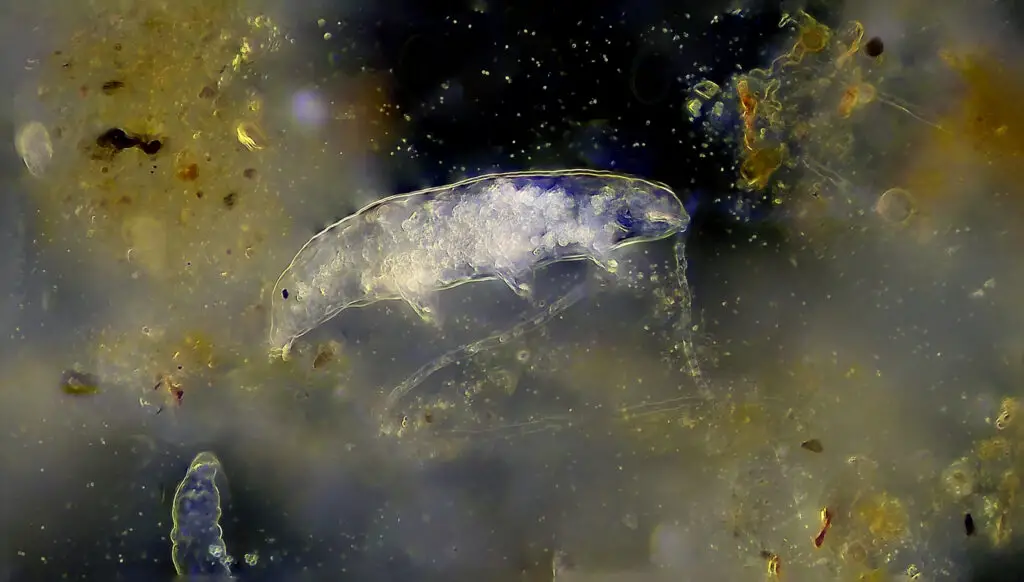
Tardigrades are arguably the toughest animals on Earth, capable of surviving conditions that would be lethal to almost all other known life forms. These microscopic creatures can survive in the vacuum of space, withstand extreme radiation, and live through temperatures approaching absolute zero (-273.15°C or -459.67°F). They can also withstand pressures six times greater than those found in the deepest ocean trenches and survive without food or water for more than 30 years.
They achieve this through cryptobiosis, a state where their metabolism comes to a near standstill. In this state, they replace the water in their bodies with a sugar called trehalose, which turns their cells into a glass-like substance. This allows them to withstand extreme conditions until they’re rehydrated. When conditions improve, they simply rehydrate and carry on as if nothing happened. These incredible abilities make tardigrades prime candidates for studies on survival in extreme environments, including space exploration.
5. The Octopus’s Remarkable Intelligence

Octopuses have long fascinated scientists with their problem-solving abilities and apparent curiosity. These cephalopods have repeatedly demonstrated a level of intelligence that rivals some vertebrates. Which of the following tasks have octopuses been observed performing in captivity?
A) Opening jars to get food
B) Solving puzzles
C) Using tools
D) All of the above
Answer: D) All of the above

Octopuses have demonstrated a remarkable level of intelligence that rivals that of some vertebrates. They have been observed performing all of the tasks mentioned: opening jars to access food inside, solving complex puzzles, and using tools. In fact, octopuses are the only invertebrates known to use tools in the wild, such as using coconut shells as portable shelters. Their problem-solving abilities are particularly impressive, with octopuses seen unscrewing jar lids, navigating mazes, and even escaping from their tanks in aquariums.
What makes octopus intelligence even more fascinating is their unique nervous system. Each of an octopus’s eight arms has its own “mini-brain,” allowing it to problem-solve and react to its environment with little input from the central brain. This distributed intelligence, combined with their ability to change color and shape, makes octopuses one of the most intriguing subjects in the study of animal cognition. Some scientists even argue that octopuses represent a completely different model of intelligence, one that evolved separately from the vertebrate lineage.
6. The Immortal Jellyfish
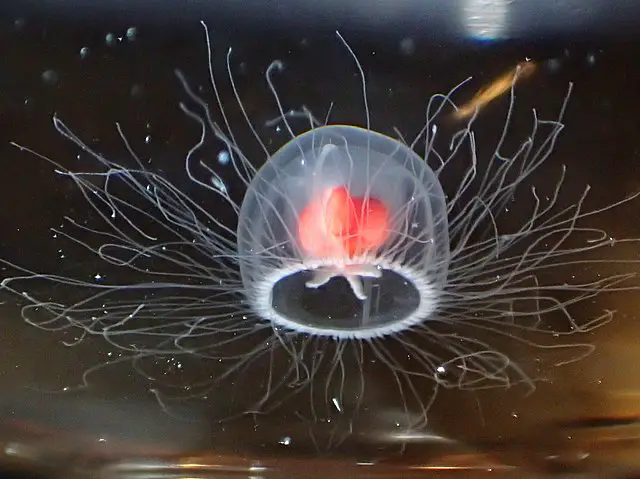
In the depths of the ocean lurks a creature that seems to have cheated death. The Turritopsis dohrnii, commonly known as the immortal jellyfish, has an ability that sounds like science fiction. What remarkable feat can this tiny jellyfish accomplish?
A) It can clone itself
B) It can absorb and use the DNA of other species
C) It can revert to its juvenile stage after reaching maturity
D) It can survive being frozen for centuries
Answer: It can revert to its juvenile stage after reaching maturity
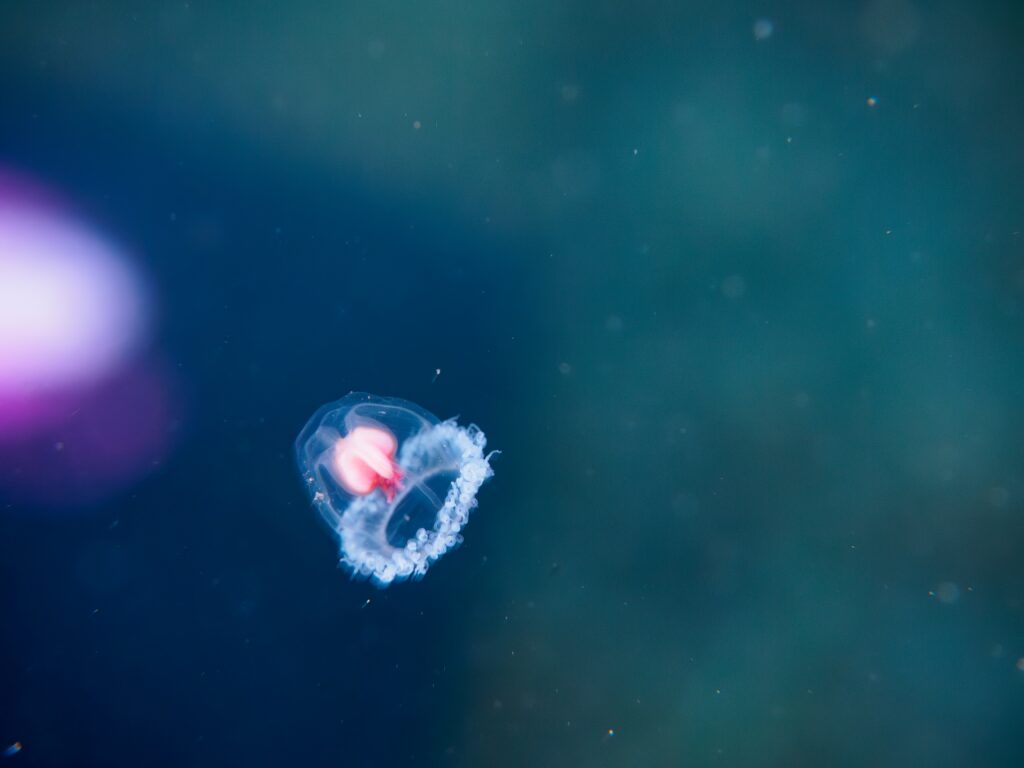
The immortal jellyfish has developed a biological loophole to avoid death. When faced with environmental stress or physical damage, this jellyfish can revert its cells to their earliest form and regrow into a polyp, essentially starting its life cycle all over again. This process, called transdifferentiation, allows the jellyfish to bypass death, potentially indefinitely.
This remarkable ability makes the Turritopsis dohrnii the only known animal capable of repeatedly reverting to its juvenile state. In theory, this cycle can repeat indefinitely, rendering the jellyfish biologically immortal. However, in practice, they can still die from predation or disease. The mechanism behind this age-reversal has become a subject of intense scientific interest, with potential implications for human medicine and our understanding of aging processes. Despite its incredible ability, the immortal jellyfish is tiny – only about 4.5mm across – proving that sometimes the most extraordinary abilities come in small packages.
7. The Dolphin’s Unihemispheric Sleep

Dolphins have a sleeping habit that would be the envy of many humans. Unlike most mammals, they don’t fall into a full unconscious state when they sleep. What unique sleeping pattern do dolphins exhibit?
A) They sleep while swimming
B) They only sleep for 30 minutes a day
C) They sleep with one half of their brain at a time
D) They sleep floating vertically in the water
Answer: C) They sleep with one half of their brain at a time
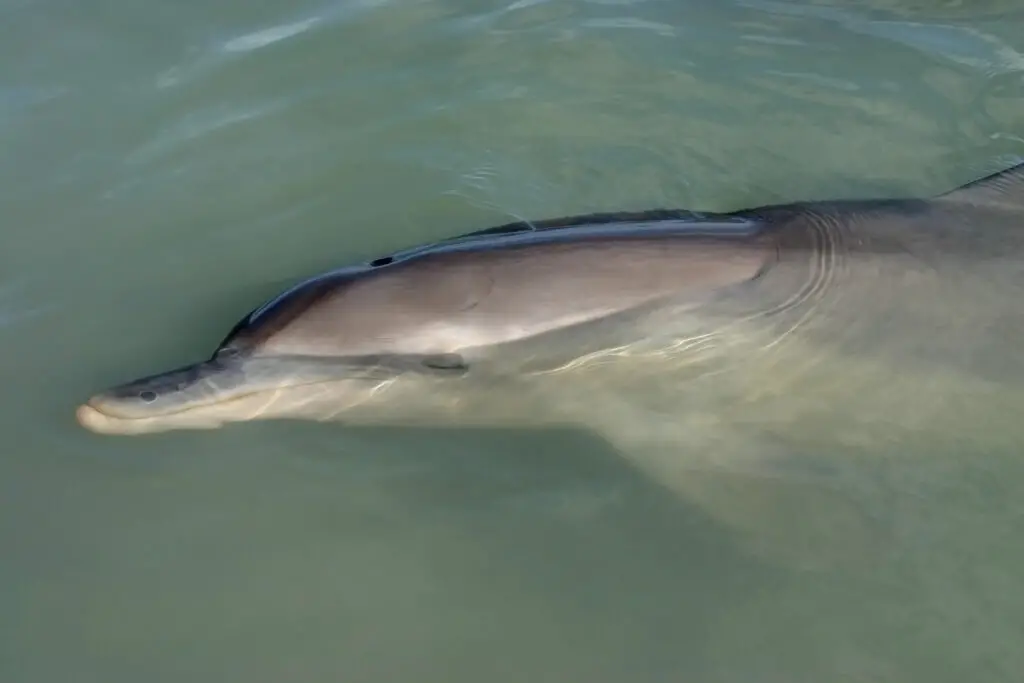
Dolphins engage in what’s called unihemispheric slow-wave sleep. This means that only one hemisphere of their brain sleeps at a time, while the other remains alert. This allows them to maintain vital functions like surfacing to breathe and staying vigilant for potential predators. During this sleep, one eye remains open, corresponding to the awake hemisphere of the brain.
This remarkable adaptation allows dolphins to sleep while still swimming and remaining somewhat aware of their surroundings. They typically sleep in this manner for about 4-5 hours a day. This sleep pattern is also observed in some other marine mammals and birds, particularly those that need to remain partially alert during rest periods. For dolphins, it’s a crucial survival mechanism that allows them to rest while still maintaining the constant movement necessary for breathing and avoiding predators in the open ocean.
8. The Waggle Dance of Honeybees
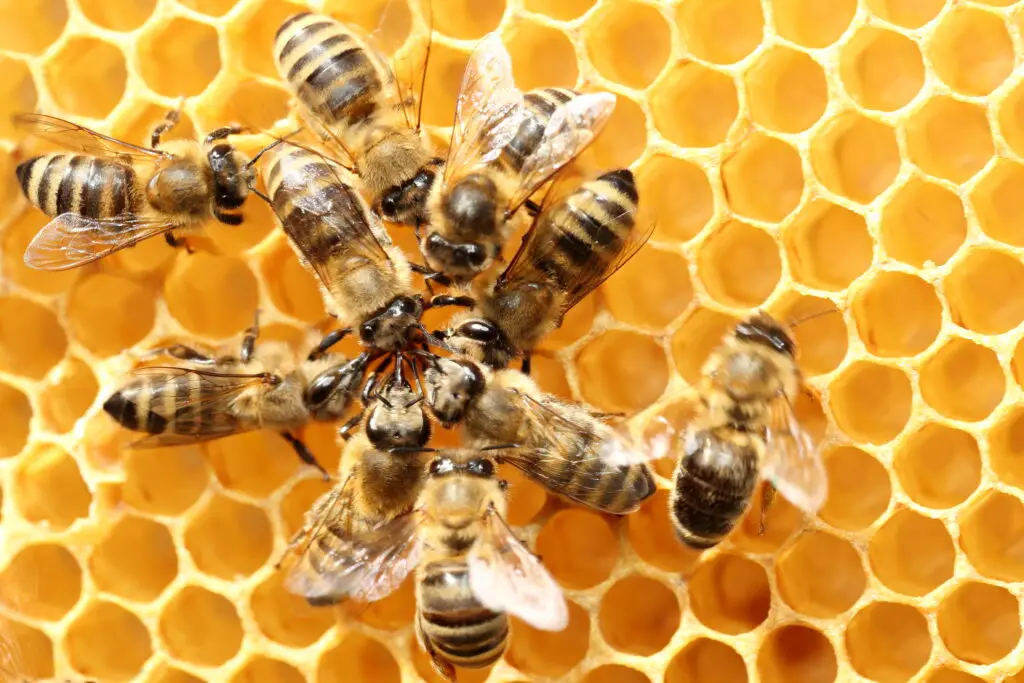
Honeybees are known for their complex social structures and honey production, but they also have a fascinating method of communication. What information do honeybees convey through their famous “waggle dance”?
A) Mating availability
B) Presence of predators
C) Location of food sources
D) Weather predictions
Answer: C) Location of food sources
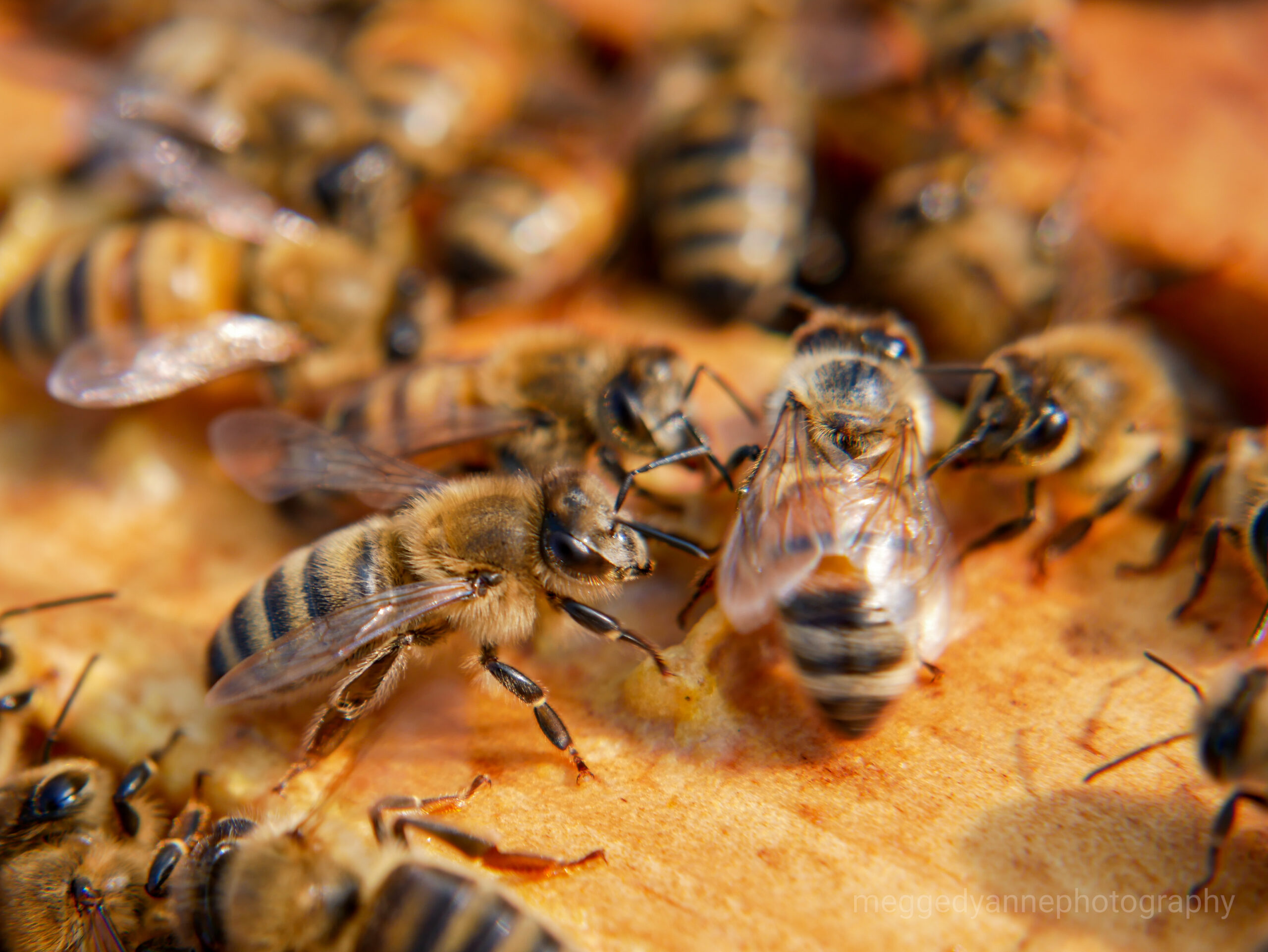
The waggle dance is a unique form of communication used by honeybees to share information about the location of food sources with their hive mates. When a forager bee discovers a good source of nectar or pollen, it returns to the hive and performs this dance on the vertical surface of the honeycomb. The dance consists of a figure-eight pattern, with a straight run in the middle where the bee waggles its body.
The angle of the waggle run relative to vertical indicates the direction of the food source in relation to the sun’s position, while the duration of the waggle indicates the distance to the food. The more vigorous the dance, the better the food source. Other bees in the hive observe and interpret this dance, allowing them to locate the food source themselves. This sophisticated communication system allows honeybee colonies to efficiently exploit food resources in their environment, contributing to their success as a species.
9. The Cat’s Unique Healing Purr

Cats are beloved pets known for their independent nature and soothing purrs. But their purring might be more than just a sign of contentment. What surprising potential benefit has been associated with a cat’s purr?
A) It can repel insects
B) It can aid in bone and tissue healing
C) It can predict earthquakes
D) It can improve plant growth
Answer: B) It can aid in bone and tissue healing

The soothing vibrations of a cat’s purr may have healing properties. Studies have shown that the frequency of a domestic cat’s purr – which typically ranges between 25 and 150 Hz – coincides with frequencies that have been shown to promote bone density and healing in humans. This frequency range has been associated with improved bone density, reduced pain, and accelerated healing of muscles and ligaments.
The theory is that these vibrations can stimulate healing in both cats and their human companions. Cats may have evolved this ability as a survival mechanism, using their purr to help heal themselves during periods of rest and recovery. Some researchers even suggest that this could explain why cats are able to survive falls from great heights more often than other animals. While more research is needed to fully understand this phenomenon, it adds an intriguing dimension to our relationship with these common household pets.
10. The Bombardier Beetle’s Chemical Warfare
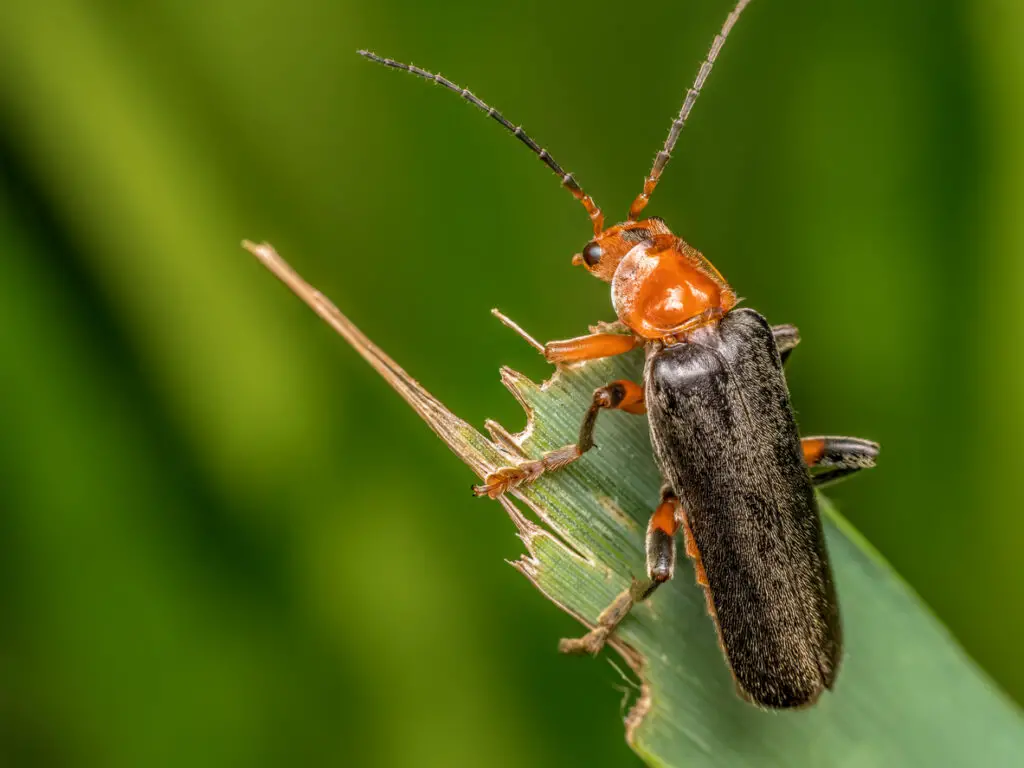
Nature has equipped many animals with impressive defense mechanisms, but the bombardier beetle’s method of deterring predators is particularly explosive. What unique defensive ability does the bombardier beetle possess?
A) It can shoot venomous spines
B) It sprays a boiling hot chemical mixture
C) It emits a blinding flash of light
D) It releases a cloud of paralyzing pheromones
Answer: B) It sprays a boiling hot chemical mixture
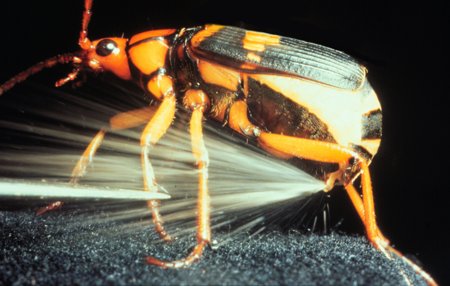
The bombardier beetle has one of the most unique and effective defense mechanisms in the insect world. When threatened, it can spray a hot, noxious chemical spray from the tip of its abdomen. This spray is not just unpleasant – it’s boiling hot, reaching temperatures of around 100°C (212°F).
The beetle produces this spray through a fascinating chemical reaction. It stores two separate chemical precursors in its abdomen: hydrogen peroxide and hydroquinones. When the beetle feels threatened, it mixes these chemicals with catalytic enzymes in a specialized reaction chamber. This causes a rapid exothermic reaction, bringing the mixture to a boil and creating enough pressure to expel it explosively from the beetle’s abdomen, often with an audible popping sound. The beetle can precisely aim this spray at predators, and some species can even direct it in virtually any direction, including over their head. This remarkable defense mechanism is a prime example of the complex chemical warfare that has evolved in nature.
11. The Arctic Tern’s Record-Breaking Migration
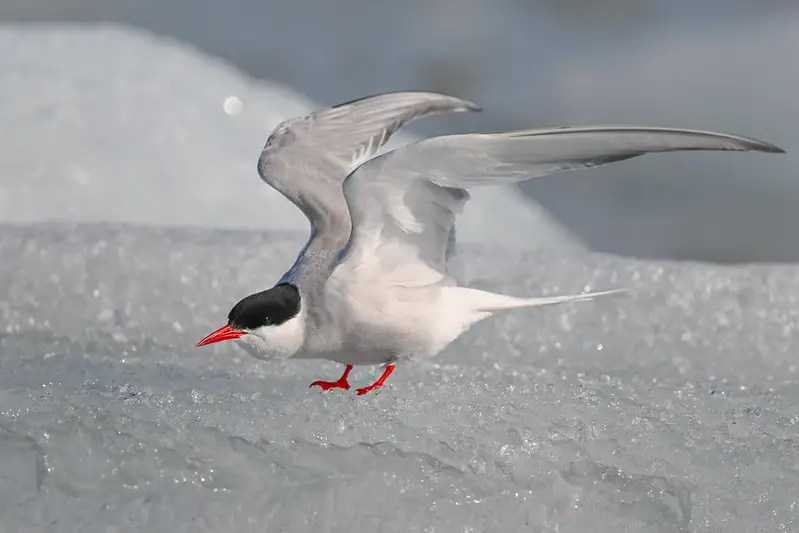
Many animals undertake impressive migrations, but one bird stands out for the sheer distance it covers each year. The Arctic tern holds the record for the longest migration of any animal. How far does this frequent flyer travel in its annual round trip?
A) 25,000 miles
B) 44,000 miles
C) 59,000 miles
D) 70,000 miles
Answer: C) 59,000 miles

The Arctic tern’s annual migration is a testament to the extraordinary feats of endurance in the animal kingdom. These birds travel from their Arctic breeding grounds to the Antarctic and back again each year, covering an astounding distance of about 59,000 miles. That’s equivalent to flying around the Earth’s equator twice, plus an extra trip to Australia for good measure!
During their lifetime, Arctic terns travel about 1.5 million miles – that’s three trips to the moon and back. These marathon flights allow them to experience two summers per year and more daylight than any other creature on the planet. They’re able to achieve this incredible feat thanks to their lightweight build, long wings, and ability to sleep while gliding on air currents. The Arctic tern’s migration is not just a display of stamina; it’s a crucial adaptation that allows them to take advantage of the abundant food resources in both polar regions during their respective summers.
12. The Peculiar Diet of Pandas

Giant pandas are beloved for their distinctive black and white fur and seemingly cuddly appearance. But these bears have a diet that sets them apart from most other mammals. What unusual food makes up 99% of a giant panda’s diet?
A) Eucalyptus leaves
B) Bamboo
C) Pine needles
D) Grass
Answer: B) Bamboo
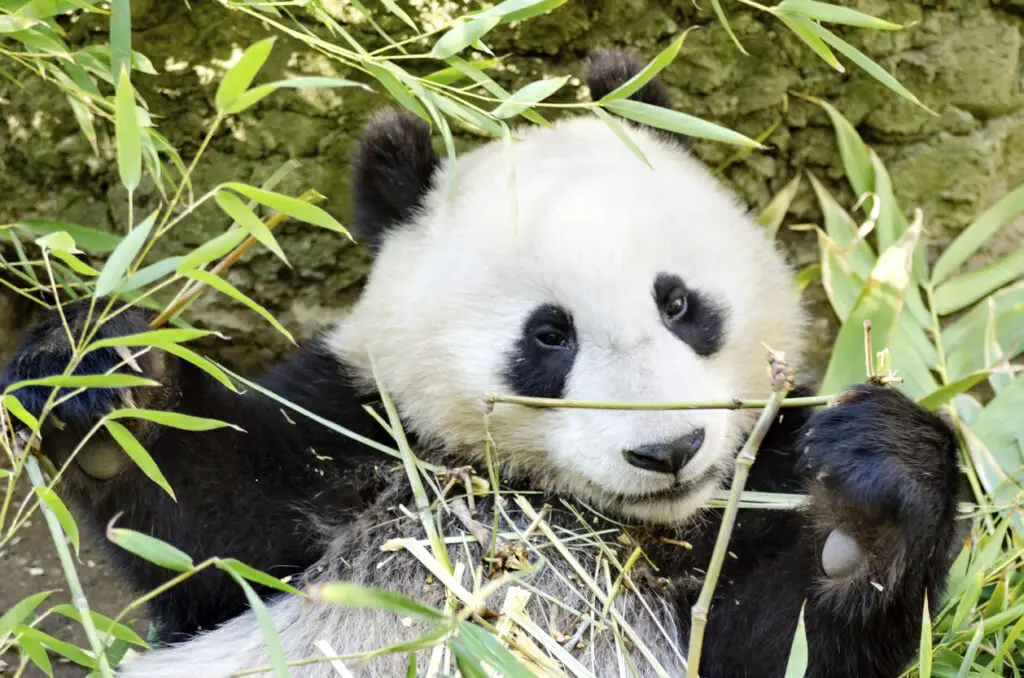
Giant pandas have evolved to subsist almost entirely on bamboo, a diet that’s highly unusual for a member of the bear family. Despite being classified as carnivores, pandas have adapted to a herbivorous diet, with bamboo making up 99% of what they eat. This specialization is reflected in their physical adaptations, including enlarged wrist bones that function almost like thumbs, allowing them to grasp bamboo stems efficiently.
However, this specialized diet comes with challenges. Bamboo is low in nutrients, so pandas must eat enormous quantities to survive – up to 84 pounds (38 kilograms) per day. Their digestive systems are not ideally suited for breaking down plant matter, so much of the bamboo passes through their system undigested. As a result, pandas spend 10 to 16 hours a day eating and must consume 25% to 40% of their body weight in bamboo daily. This inefficient diet is one reason why pandas are so vulnerable to habitat loss, as they require vast areas of bamboo forest to sustain themselves.
13. The Incredible Lifespan of Greenland Sharks
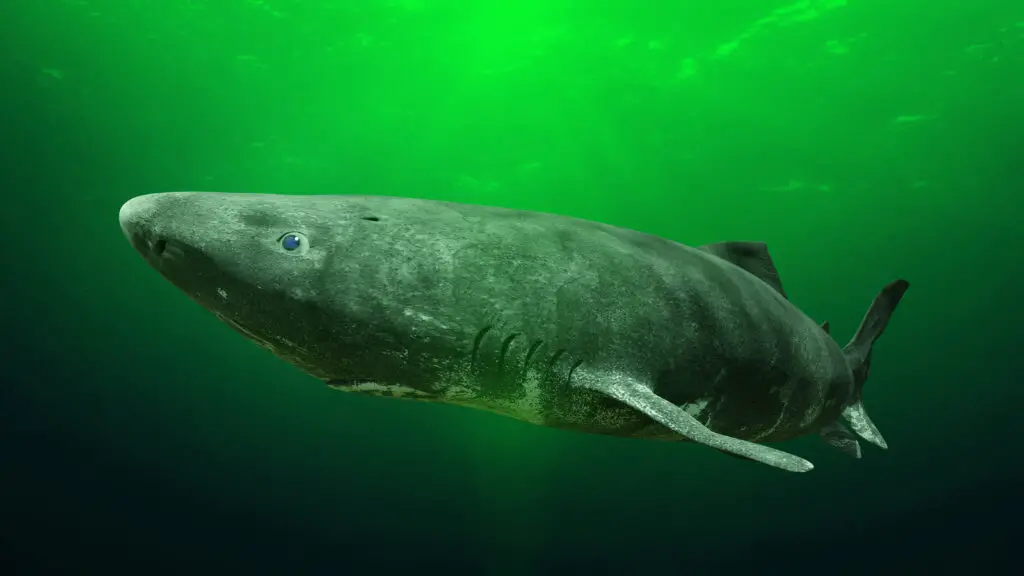
In the cold, dark waters of the Arctic, there swims a creature that defies our understanding of animal longevity. The Greenland shark has recently astounded scientists with its extraordinary lifespan. How long can a Greenland shark live?
A) Up to 100 years
B) Up to 200 years
C) Up to 300 years
D) Up to 500 years
Answer: D) Up to 500 years
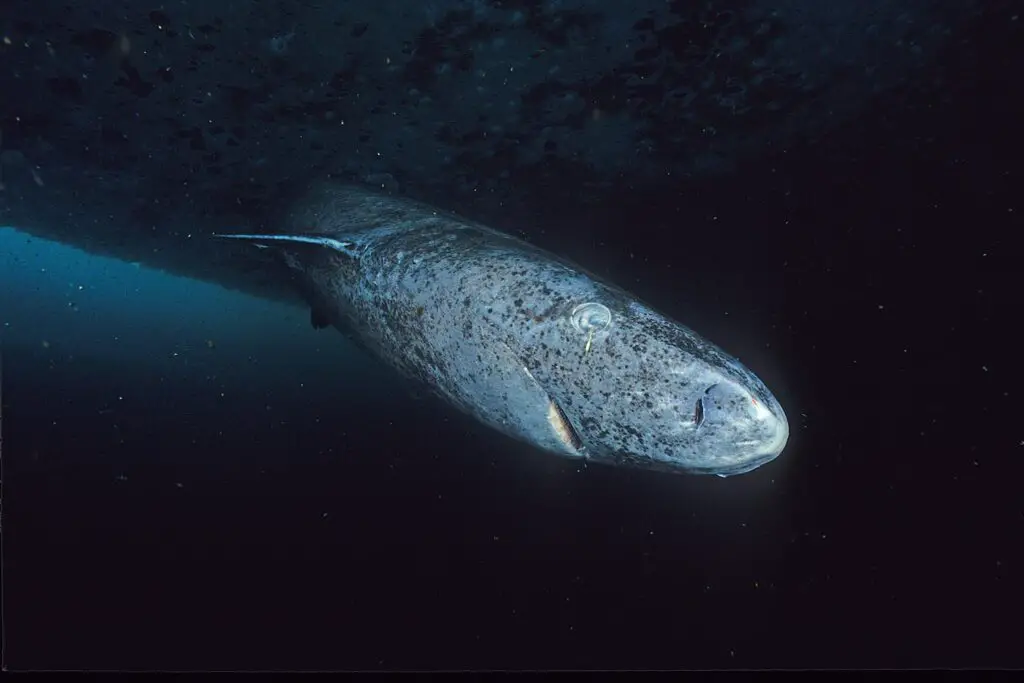
The Greenland shark holds the record for the longest-living vertebrate known to science, with some individuals estimated to be up to 500 years old. This discovery, made in 2016, was based on radiocarbon dating of the sharks’ eye lenses. The oldest shark in the study was estimated to be about 392 years old, with a possible range of 272 to 512 years.
These sharks grow at an incredibly slow rate, only about 1 cm per year, and don’t reach sexual maturity until they’re around 150 years old. Their extreme longevity is thought to be related to their very slow metabolism, which is an adaptation to the cold, deep waters of the Arctic where they live. Greenland sharks are also known for their poor eyesight, often having parasites attached to their eyes, yet they manage to be successful predators in their dark, cold habitat. Their extraordinary lifespan makes them a fascinating subject for studies on aging and longevity.
14. The Remarkable Memory of Pigeons
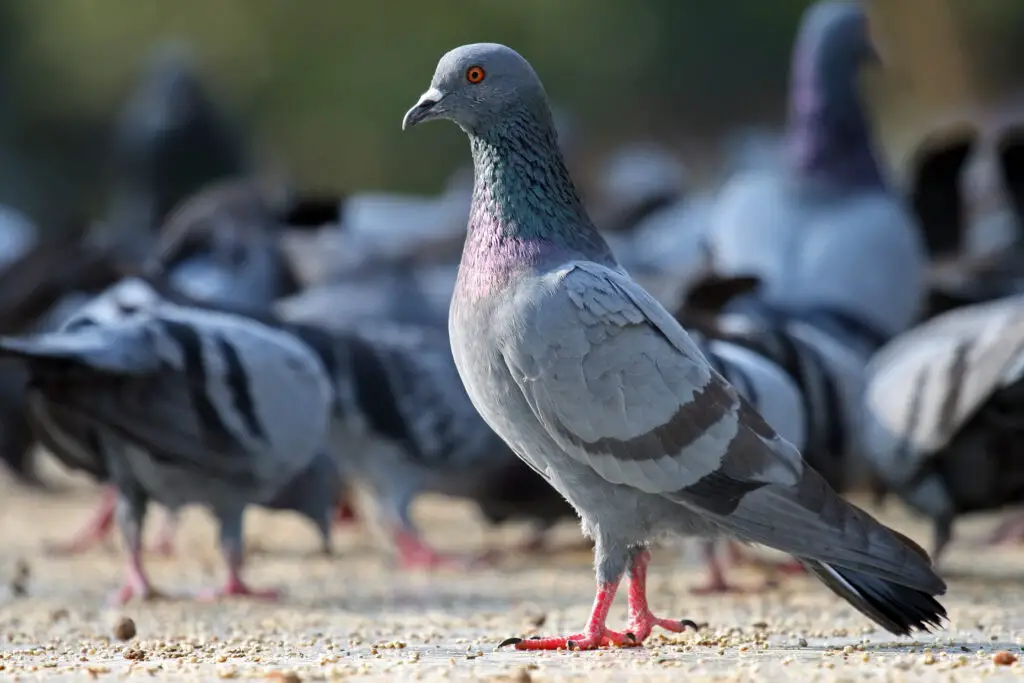
Pigeons are often considered urban pests, but these birds have some surprising cognitive abilities. One of their most impressive skills is their capacity for memory and recognition. How many different human faces can a pigeon typically remember and distinguish between?
A) Up to 10 faces
B) Up to 50 faces
C) Up to 100 faces
D) Up to 250 faces
Answer: B) Up to 50 faces
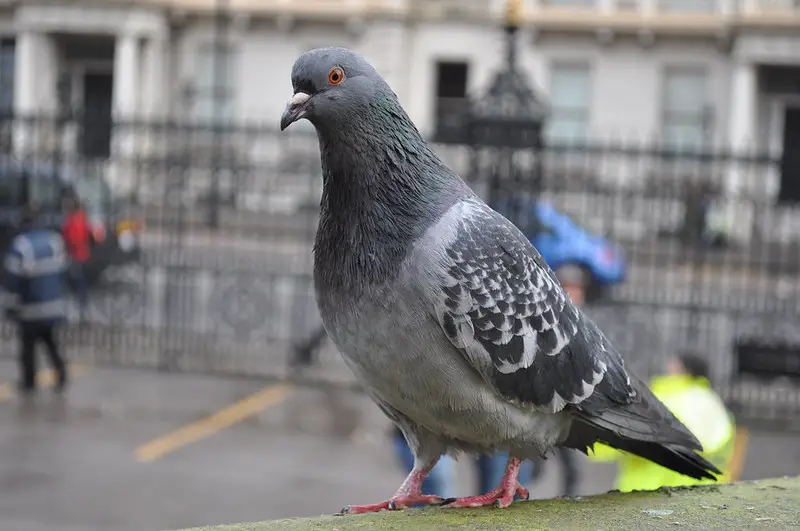
Pigeons have an extraordinary ability to recognize and remember human faces. Studies have shown that they can distinguish between up to 50 different human faces, even when the faces are presented in different orientations or with changed features like hairstyles. This capacity for facial recognition is comparable to that of humans and exceeds that of many other animals.
This remarkable ability isn’t limited to just faces. Pigeons can also remember hundreds of different visual patterns and are capable of learning abstract rules about these patterns. They’ve been shown to distinguish between different paintings and even learn to recognize letters of the alphabet. In the wild, this impressive memory helps pigeons remember food sources and navigate complex urban environments. Their cognitive abilities have made them valuable subjects in studies of animal intelligence and visual processing, challenging our perceptions of these common birds.
15. The Extraordinary Eyes of Mantis Shrimp
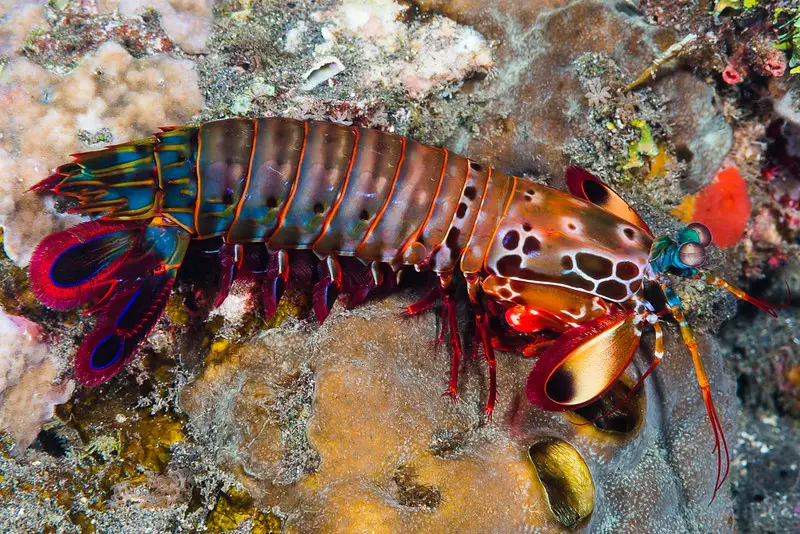
Mantis shrimp, despite their name, are neither mantises nor shrimp, but a type of marine crustacean known for their powerful, raptorial appendages. However, it’s their eyes that truly set them apart in the animal kingdom. How many types of color receptors do mantis shrimp have in their eyes?
A) 3
B) 8
C) 12
D) 16
Answer: C) 12
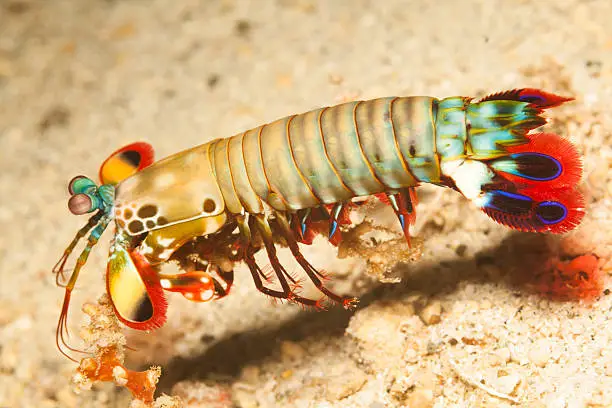
Mantis shrimp possess one of the most complex visual systems in the animal kingdom, with 12 different types of color receptors in their eyes. In comparison, humans have only three types of color-receptor cones. This means mantis shrimp can see an incredible array of colors that are invisible to the human eye, including ultraviolet light.
Each of the mantis shrimp’s eyes is divided into three regions, allowing it to see three parts of each image. This gives them “trinocular vision” in each eye, enabling excellent depth perception. Their eyes can also detect different types of polarized light, which is invisible to humans. Despite this incredible visual capacity, recent research suggests that mantis shrimp may not perceive color in the same way we do. Instead of comparing inputs from different color receptors, they may use a simpler, faster method of color recognition that allows for quick identification of important colors in their environment. This unique visual system makes mantis shrimp a subject of great interest in vision research.
16. The Incredible Hunting Strategy of Pistol Shrimp
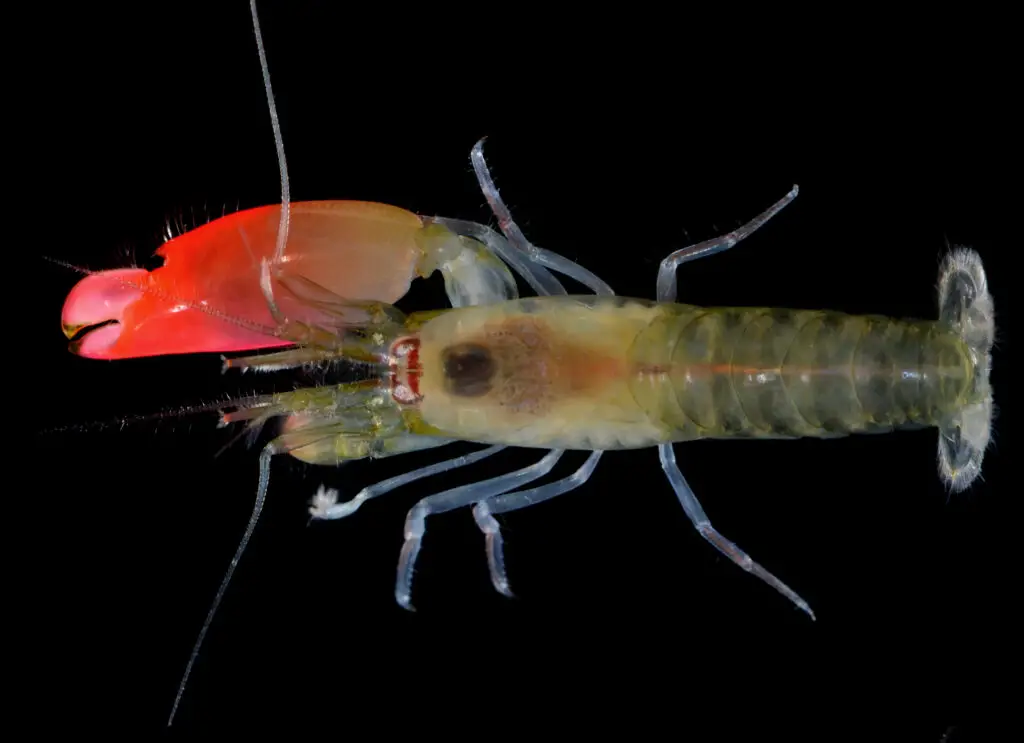
In the underwater world, there are many strange and wonderful hunting techniques, but few are as explosive as that of the pistol shrimp. What unique method does the pistol shrimp use to stun its prey?
A) Electrocution
B) Sonic boom
C) Poisonous ink
D) Bioluminescent lure
Answer: B) Sonic boom
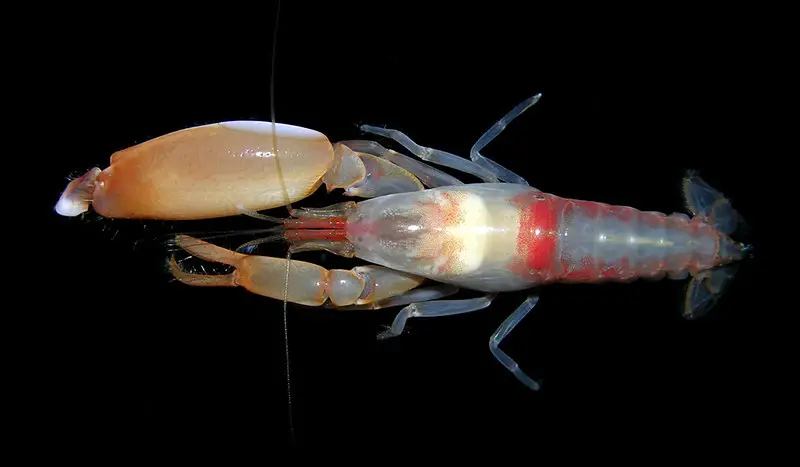
The pistol shrimp, also known as the snapping shrimp, has one of the most remarkable hunting mechanisms in the animal kingdom. It uses its oversized claw to create a sonic boom underwater, which it uses to stun or kill its prey. When the shrimp snaps its claw shut, it shoots out a jet of water at speeds of up to 62 mph (100 km/h). This action creates a low-pressure bubble that collapses with a loud snap, generating a sonic boom.
The collapsing bubble also produces a flash of light and temperatures that can reach 8,500°F (4,700°C), nearly as hot as the surface of the sun, although this only lasts for a fraction of a second. The sound produced can reach 218 decibels, louder than a gunshot, making the pistol shrimp one of the loudest animals on Earth relative to its size. This powerful snap can stun or kill small fish and break apart small shells. Colonies of snapping shrimp can even interfere with sonar and underwater communication. This incredible adaptation showcases the diverse and often surprising ways that animals have evolved to survive and thrive in their environments.


